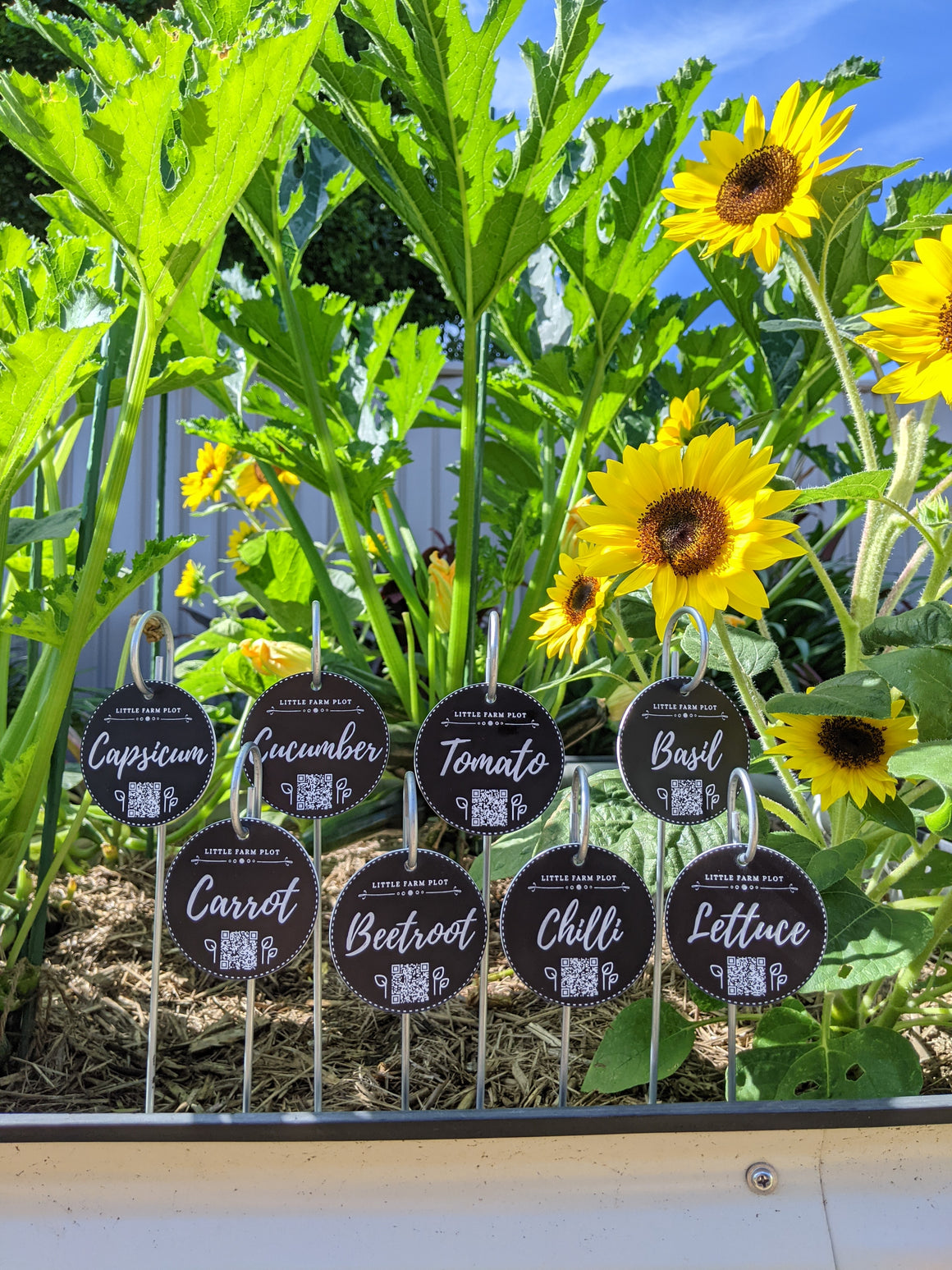WE ARE CURRENTLY NOT TAKING ONLINE ORDERS. CONTACT US FOR PURCHASE ENQUIRIES.
Growing Guide: Beetroot
The beetroot was highly esteemed by the ancient Greeks and used for offerings. It first appeared in English recipes around the fourteenth century. It is a great source of folic acid and potassium.

Plant
- Beetroot is very versatile plant and can be grown in most climates almost all year round. If you live in cool climates avoid planting in Autumn.
- Position in full sun to part shade.
- An easy plant to grow from seed. Soak seeds in water for several hours prior to planting to accelerate growth.
- Place 2-3 seeds, 1-2cm deep into soil and space each group 10-15cm apart. Plant in rows 30cm apart.
- Plant alongside carrots, lettuce, cucumbers and beans. Do not place next to Dill or Fennel.
Grow
- As the beetroot matures it will push above the soil, this is perfectly fine, don't feel tempted to cover it with soil.
- Water regularly but don't over water. Too little water will cause woody or split beetroot, too much water will lead to more leaves and less beets.
- Apply 3-5cm of mulch to keep the soil moist.
Harvest
- Ready for harvest in 8-12 weeks depending on seasonal conditions.
- Beetroot leaves are just as delicious as the root. Harvest the leaves from 6 weeks from the outside in.
- Never pick all the leaves, spread your picking over a few plants.
- Harvest beets when the heads above the soil look like the size you want to eat but don't leave them too long or they will turn woody.
- 5-10cm diameter is a good size for harvest.
- Use a garden fork to gently dislodge the beet from the soil.
Varieties
Beetroot varieties are grouped according to their shape, either round or long. The variety you choose, depends on how you like to use your beetroot. The long variety are good for slicing whereas the round beetroot is good for roasting and salads.
ROUND
- Boltardy - reliable and good for growing in containers
- Crimson Globe - a universal variety perfect for any dish
LONG
- Cylindrica - Good flavour. Not suitable for containers.
- Forono - Great colour and taste for salads
Sign up for special VIP offers & be the first to know when we launch new products!
© 2024 Little Farm Plot.
Powered by Shopify





